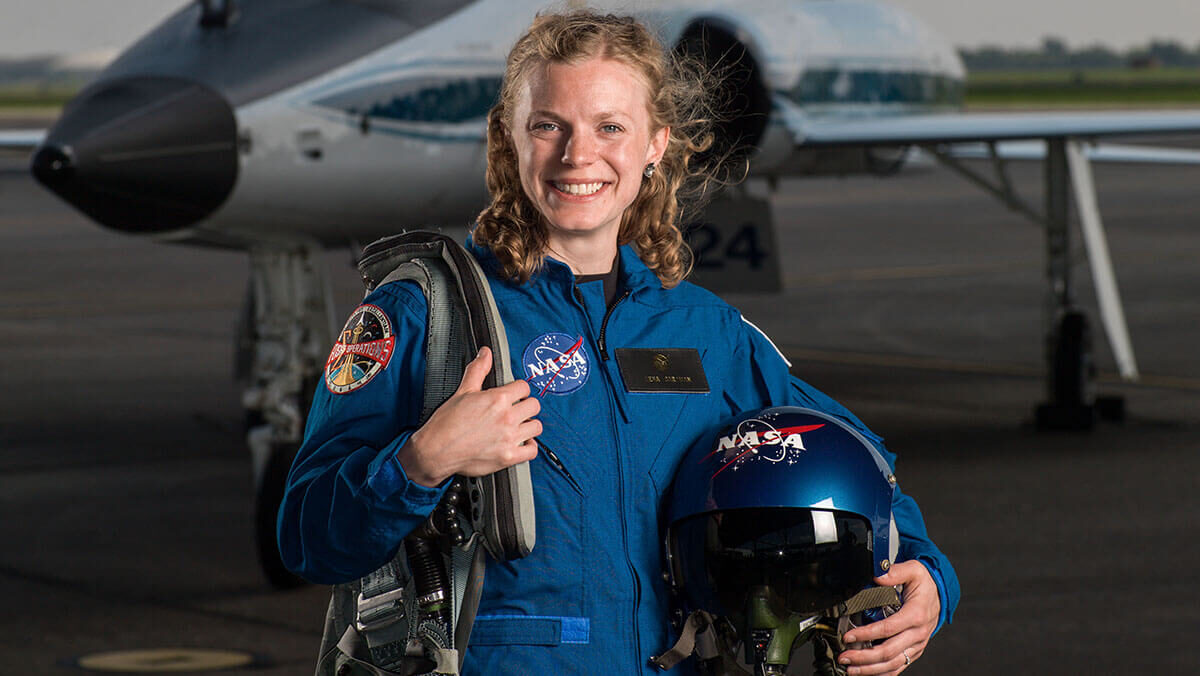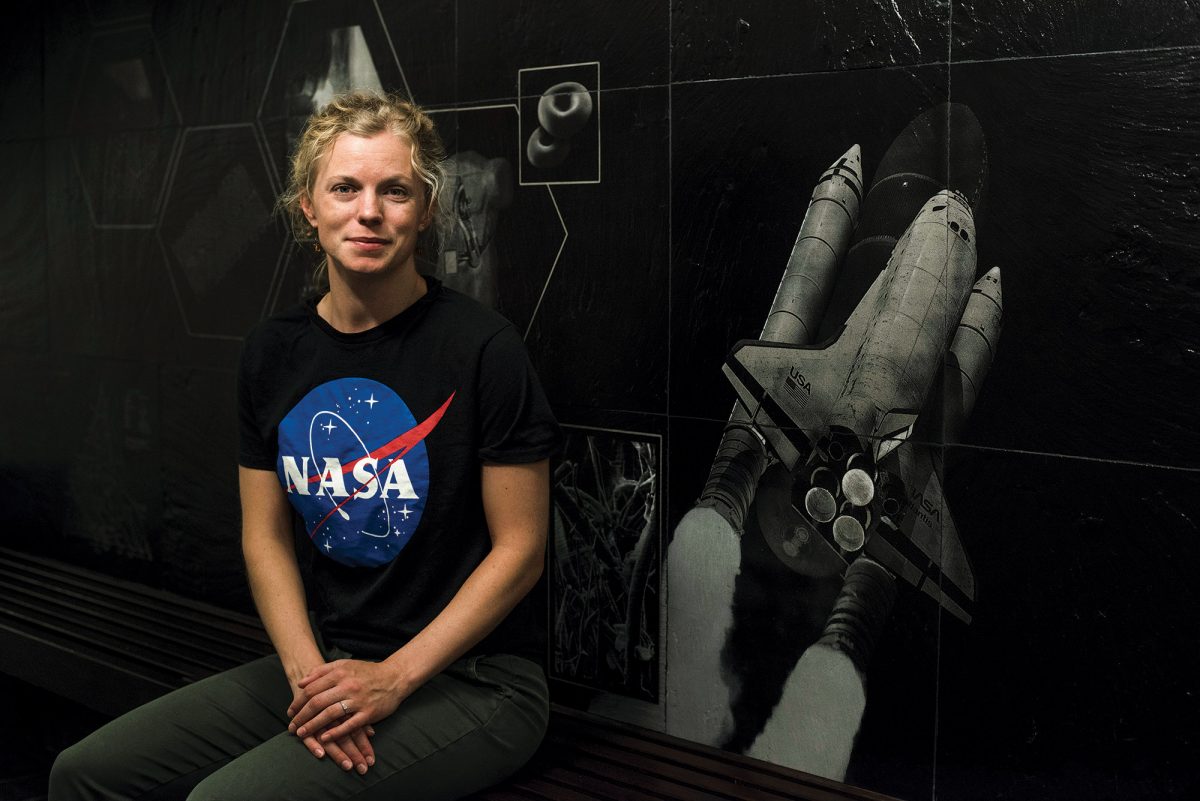- Membership
- Perks and Discounts
- Things To Do
- Resources
- News
- About
- Shop
Related Content
Carolina Athletes Go for Gold at Paris Olympics
July 26, 2024
Fifteen Tar Heels, including two incoming first-year students, are scheduled to compete in the 2024...
Read MoreAlumna First Woman to Head Institute
July 9, 2024
A Carolina alumna has been named interim director of the Odum Institute for Research in...
Read MoreAlumnus to Carry Olympic Torch in Paris Relay
July 5, 2024
A former marching band and intramural sports participant at UNC will carry the Olympic torch...
Read More-
2024
-
2023
-
2022
-
2021
-
2020
-
2019
-
2018
-
2017
-
2016
-
2015
-
2014
-
2013
-
2012
-
2011
-
2010
-
2009
-
2008
-
2007
-
2006
-
2005
-
2004
- Academics and Athletics
- Admissions
- Alumni Profiles
- Alumni Recognition
- Around Town
- Arts
- Books
- Campus Profile
- Campus Safety
- Carolina Alumni Awards
- Carolina Alumni Leadership
- Carolina Alumni Programs and Outreach
- Carolina Alumni Reunions
- Carolina Alumni Review
- Celebrations
- Championships
- College and Costs
- Commencement
- Coronavirus
- Discovery
- Extracurricular
- Faculty
- Faculty Awards
- For the People
- Go Heels
- Greek Life
- Hark the Sounds
- Higher Education
- Homecoming
- In Class
- In Memoriam
- Innovation and Technology
- Issues
- Object Lesson
- On View
- Our Treescape
- Philanthropy
- Podcast
- Public Service
- Race and Reckoning
- Research
- Sexual Assault
- Silent Sam
- Sports
- Structures
- Student Achievement
- Students
- Timelines
- Tuition and Financial Aid
- UNC Libraries
- UNC’s History
- Undergraduate Spotlight
- University Achievements
- University Awards
- University Budget Issues
- University Development
- University Leadership
- University News
- University Rankings
- What We Do
- Who We Are
- Young Alumni
- Yours at Carolina
Cardman Is Headed to Space
Posted on Feb. 2, 2024
Cardman got her start as an astronaut when NASA selected her in 2017 from a pool of 18,000 applicants. Her goal, like that of many astronauts, was to travel to space. (Photo: NASA/Robert Markowitz)
A Carolina alumna has been named mission commander for a NASA flight to the International Space Station later this year.
Zena Cardman ’10 (MS ’14) will lead the mission aboard a SpaceX Falcon 9 rocket, with crewmembers Nick Hague, Stephanie Wilson and Aleksandr Gorbunov. The mission is scheduled for no earlier than August. This is Cardman’s first mission.
Cardman got her start as an astronaut when NASA selected her in 2017 from a pool of 18,000 applicants. Her goal, like that of many astronauts, was to travel to space. After two years of extensive astronaut training, during which she studied spacecraft systems, learned Russian and how to fly T-38 jets, Cardman has been supporting real-time ISS missions and development for lunar surface exploration. (See “The Places She’ll Go,” September/October 2017 Review.)

Zena Cardman ’10 immersed herself in science and discovery from her freshman year at Carolina. (Martha Rial/AP Images for Carolina Alumni Review)
A native of Williamsburg, Virginia, Cardman focused her research on geobiology and geochemical cycling in subsurface environments, from caves to deep sea sediments, while obtaining her undergraduate and master’s degrees.
The mission is the ninth rotational mission under NASA’s Commercial Crew Program, which uses American rockets and spacecraft to travel to and from the space station.
In a post to Instagram, Cardman said she was honored to join “amazing crewmates who epitomize competence, kindness, and trust.”
The International Space Station is a large aircraft that orbits the Earth at an average altitude of approximately 250 miles and travels at 17,500 miles per hour, according to information on NASA’s website. It’s a home for astronauts and also a science laboratory and includes lab modules from the United States, Russia, Japan and Europe. It has the volume of two Boeing 747 jets, supports a crew of six people, plus visitors, and on Earth would weigh almost 1 million pounds.
© 2024 Carolina Alumni
